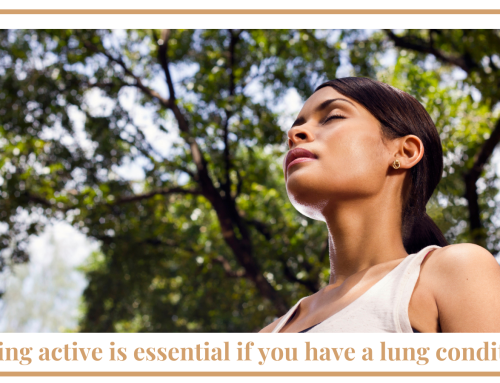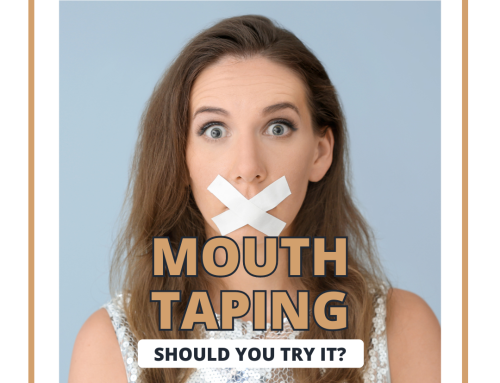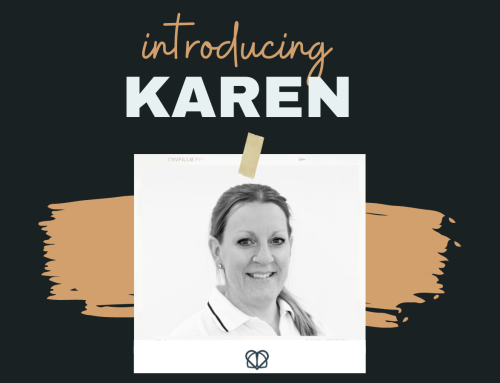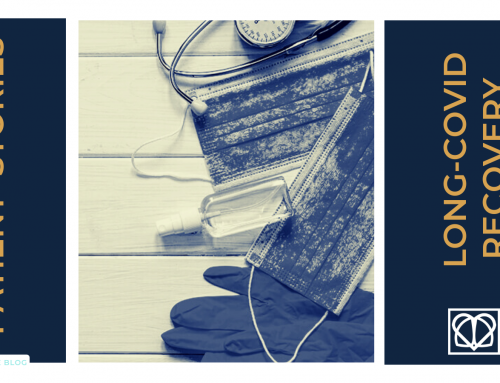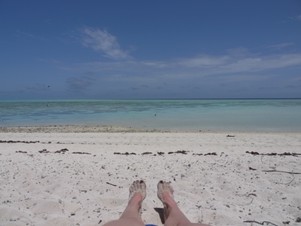
Whether you’re sitting in the sun in Sardinia, enjoying water sports in Weston Super Mare or taking in the sights on a city break in Casablanca, the one thing we’re all hoping is that the sun will make an appearance this summer! And with temperatures set to top 30 degrees in the London area this weekend, it seems our wishes may indeed have come true.
Many of us assume that the longer days and greater intensity of the sun during the summer months means that the risks of exposure to the ultraviolet (UV) radiation also increases. In fact just recently we came across an article in the paper about cricket legend, Phill Tuffnell being diagnosed with skin cancer on his face, which he attributes to his career playing cricket, and particularly the time he spent in Australia and the Caribbean playing the sport.
And while we do probably spend more time out in the sunshine in the warmer months, we really should be careful of exposure to those UV rays all year round. Staying skin safe is for life, not just for summer!
UVA / UVB – what’s the difference?!
There are actually 3 different types of ultraviolet rays that are emitted by the sun:
-
UVA
-
UVB
-
UVC
The rays that cause the most damage to our skin are in fact UVC rays, but fortunately the ozone layer around the earth protects us from them. But UVA and UVB are a different story, and these are the ones we need to watch out for.
UVB rays vary in intensity at different times of the year and different hours of the day, so for example in mid summer at midday they will be at their most intense in the UK. They damage the upper layers of the skin and are responsible for sunburn. They have long been recognised as the main contributing factor in most skin cancers.
UVA rays make up 95% of the UV radiation that penetrates the atmosphere to reach the surface of the Earth and are fairly constant in their intensity all year round. They are the main cause of wrinkles and ageing, and penetrate the skin more deeply than UVB. Research over recent years has indicated that UVA damages skin cells called keratinocytes in the basal layer of the epidermis, and this is where the majority of skin cancers are found. UVA is what causes our skin to tan, and over time can result in damage to the skin.
While we all need some vitamin D from sunlight for our health, too much exposure to both UVA & UVB rays can lead to melanoma – skin cancer. Skin cancer rates have increased significantly over the last few decades: rates are now 4 times higher than they were in the late 1970s. Melanoma skin cancer is the 5th most common cancer overall in the UK.
What should you look out for?
Be aware of your body, especially if you have lots of moles. In women, most melanomas occur on the legs, in men it’s on the back.
Get your GP to have a look if you notice any of these changes in your moles:
-
increasing in size – most melanomas are at least 6mm in diameter
-
the shape has changed, especially if what was once a uniform edge has now become irregular or blurred
-
the colour – becoming darker, patchy or multi-shaded
-
no longer symmetrical – two halves of your mole look different
-
become painful or itchy
-
become crusty or start to bleed
-
look inflamed
It’s not just moles you need to look out for. There are non-melanoma forms of skin cancer too, so take note if you have any of the following:
-
A skin growth that increases in size and appears pearly, translucent, tan, brown, black, or multicoloured
-
A sore or spot that keeps feeling itchy, sore, crusty, scabby or bleeding
-
A growth that looks like a volcano with a rim and central crater
-
An open sore that doesn’t heal within three weeks
If you’ve noticed any of the above, just see your GP to have a look at them. A good tip once you’ve been to your GP and they’ve ruled anything out is to take a photo of any moles they’ve suggested you keep an eye on so you can do comparisons over time. It’s the easiest way to establish how your moles or skin has changed.
Prevention is better than cure
The best way to minimise your risk of developing melanoma is to be sun aware:
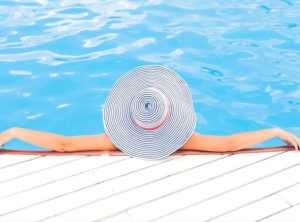
-
Avoid the sun at the hottest time of the day. Stay in the shade 11-3pm – and remember that it just takes 10 minutes of strong sunshine to burn pale skin.
-
Keep babies and young children out of direct sunlight.
-
Cover up. Wear a sun hat that has a wide brim so it covers your neck & ears, and wear clothing to cover your shoulders too.
-
Apply sun screen. Choose a minimum of SPF30 (SPF 50 for children) and apply a decent amount all over your exposed skin 20-30 minutes before you head outside, and reapply at least every 2 hours.
-
Wear sunglasses. UV radiation can also damage the eyes so it’s important to wear sunglasses that have good quality lenses that filter out the UV. Aim for glasses that have the EU CE mark as they offer safe protection.
Stay sun safe and enjoy your summer holidays!

